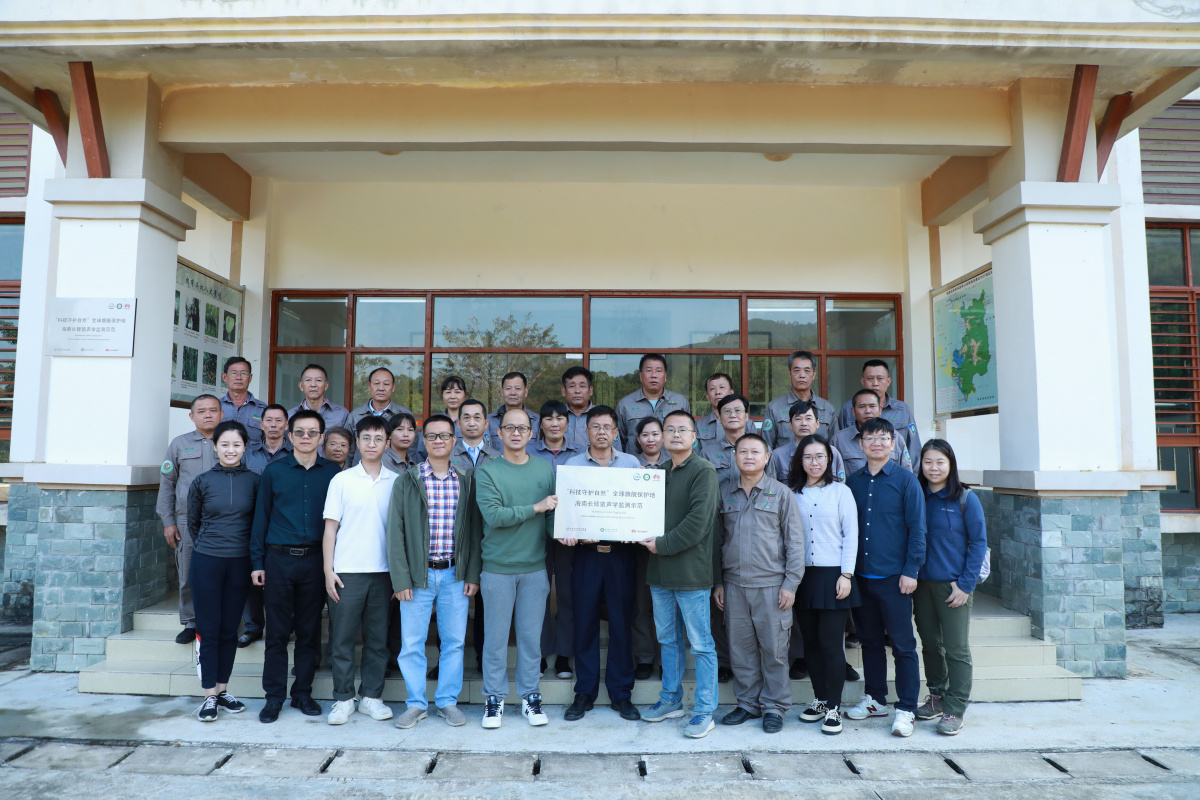Asia’s natural parks ‘green lungs’ to combat climate change
Robust and connected systems of natural parks help conserve biodiversity and maintain benefits we receive from nature. They are also crucial to help us to mitigate and adapt to climate change impacts.

Photo: KNPS
“To meet the challenges of climate change, more, better managed, better connected, better governed and well-financed protected areas are needed” says Peter Shadie, Asia Regional Protected Areas Programme Coordinator “it is critical to strengthen technical cooperation between the climate change and protected areas communities of practice at national and regional levels.”
To take this work forward, IUCN Asia in collaboration with
“The programme is unique in that it integrates biodiversity conservation into climate change strategies and vice versa” says Aban Marker Kabraji, IUCN Asia Regional Director, “We see this as an important collaboration with our Korean colleagues to extend global knowledge into the
The project will demonstrate how protected areas can help mitigate the impact of greenhouse gas emissions and contribute significantly to ecosystem based adaptation strategies while continuing to deliver benefits to people’s livelihoods and biodiversity conservation.



